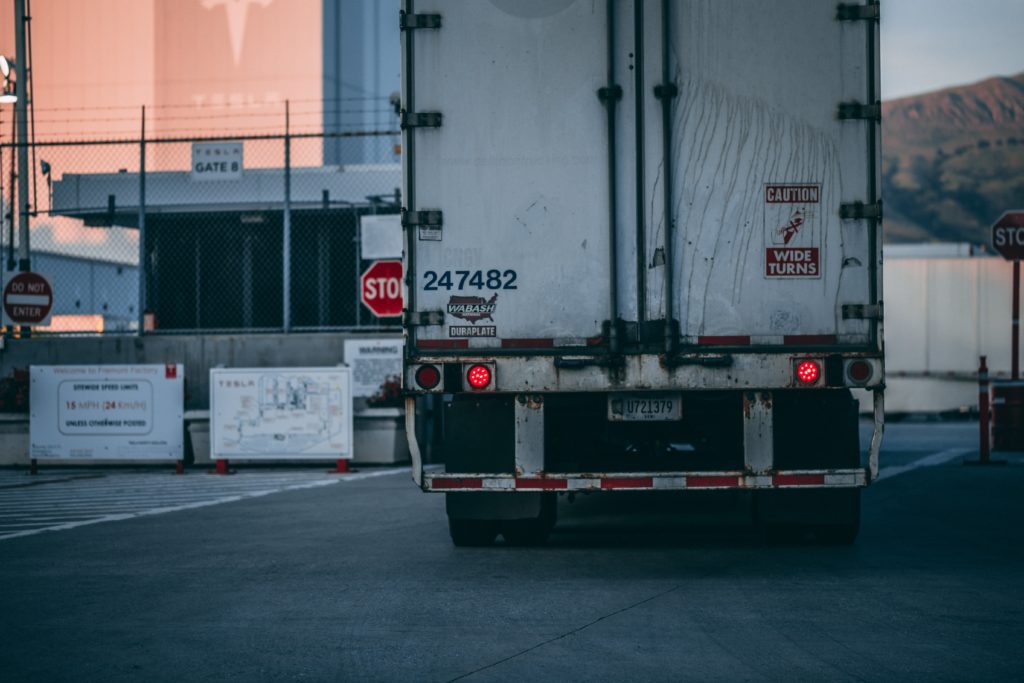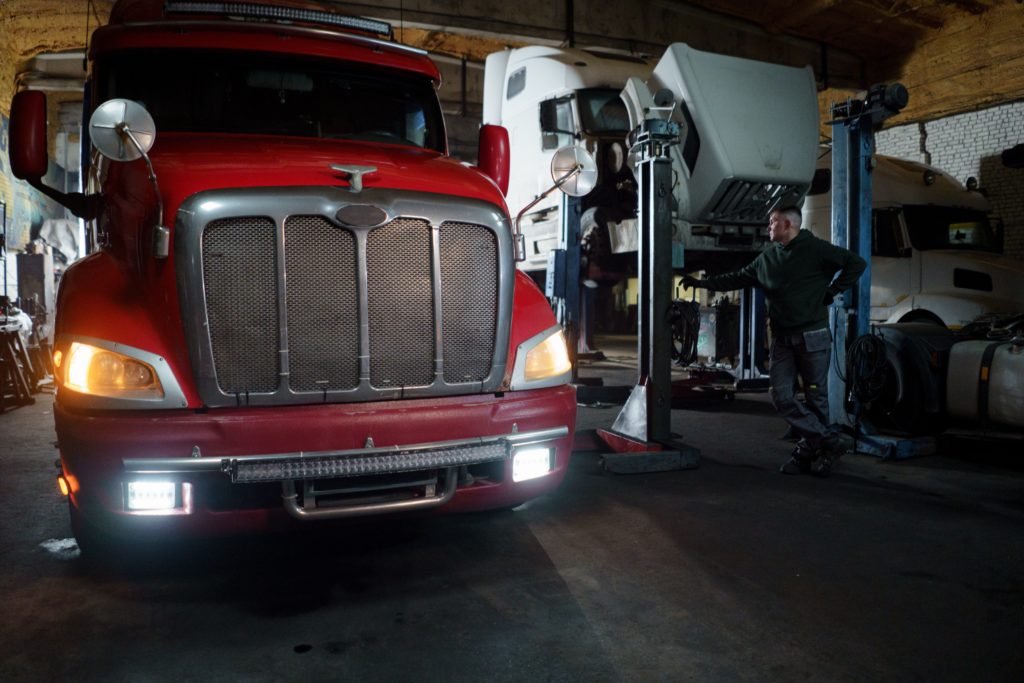The surge in nuclear verdicts is causing a seismic shift in how businesses, particularly in the trucking segment, approach liability and insurance. Recently, industry leaders at Protective Insurance, SambaSafety, GPSTrackit, and more gathered for a virtual panel discussion on the “Impact of Fleet Technology on Nuclear Verdicts and Safety.” This article includes many of their insights and explores the intricate world of nuclear verdicts, their ties to social inflation, and the indispensable role of insurance in safeguarding businesses against these financial juggernauts.
Key Takeaways:
- Nuclear Verdicts Impact: Court judgments over $10 million, known as nuclear verdicts, are increasingly affecting businesses, especially in trucking, due to social inflation and changing litigation attitudes.
- Insurance Industry Response: The rise in nuclear verdicts has strained the insurance sector, with most insurers paying more in claims than they earn in premiums.
- Technology’s Role and Limits: Technologies like dash cams are vital for risk mitigation but need to be paired with proper policies for effectiveness.
- Insurance Premiums Impact: Increasing nuclear verdicts lead to higher insurance premiums, underscoring the need for comprehensive coverage and risk management.
Nuclear Verdict FAQ
What is a nuclear verdict?
A nuclear verdict, defined as a court judgment that exceeds $10 million, is a significant concern for businesses, demanding a reevaluation of risk management and insurance strategies. These types of verdicts have seen a significant rise in recent years. The term “nuclear” is used to denote the substantial, potentially company-ending financial impact these verdicts can have on defendants — especially small to medium-sized businesses.
What causes nuclear verdicts?
Several factors have contributed to the rise in number of nuclear verdicts, including:
- Juries have started imposing significant punitive damages: Concrete evidence of safety violations, especially if they result in accidents or fatalities, can lead to massive penalties. Juries might see these violations as evidence of negligence or disregard for public safety.
- Legal Representation: The strategies and skills of plaintiff attorneys can play a significant role. A well-presented case can magnify the perceived wrongdoing and influence the jury’s decision.
Lack of Proper Documentation: In the context of the trucking and fleet industry, failure to document safety measures, adherence to regulations, and employee training can lead to a lack of defense in lawsuits, making nuclear verdicts more likely.
What are nuclear verdicts in social inflation?
Social inflation refers to the rising costs of insurance claims due to societal factors and trends, rather than directly from economic inflation or rising healthcare costs. Nuclear verdicts are a prime example of social inflation. In the context of social inflation, nuclear verdicts can be seen as a consequence of changing societal attitudes towards litigation, where juries are more willing to award large sums to plaintiffs as a way to penalize companies perceived as wrongdoers. Social inflation, with nuclear verdicts as one of its manifestations, has led to increasing insurance premiums for businesses, especially in the trucking and fleet sectors.
What are the trends for nuclear verdicts?
The trends in nuclear verdicts are alarming, with an increasing number of cases resulting in massive financial compensations. These verdicts, fueled by social inflation, reflect a change in societal attitudes towards litigation, leading to larger awards against businesses, particularly in personal injury lawsuits. The financial burden is colossal, as highlighted by the 2022 data showing that of the top 20 Commercial Auto insurers, only two maintained a combined ratio (a metric for evaluating the profitability and financial health of an insurance company) of less than 100. To get a combined ratio—or CR—the total sum of incurred losses and expenses is divided by the earned premium.
In short, insurance companies are paying for losses at a much higher rate than they used to. SMBs usually use guaranteed insurance products, which are capped, so they can easily go out of business if hit by a nuclear verdict. This stark reality underscores the importance of insurance and sets the stage for an in-depth exploration of its role in mitigating the risks associated with nuclear verdicts.
“In 2022 of all the top 20 Commercial Auto insurers only two had a combined ratio less than a 100 – so simply put – for every dollar that they took in in premium only two were bringing were spending less than a dollar in expenses including claims so pricing is key.”
-Harry Storck, Protective Insurance
The Staggering Cost of Crashes
Crashes cost employers a staggering $39 billion annually, translating not only to significant financial loss but also to the intangible cost of lives lost and reputations damaged. The billion-dollar verdict in Florida serves as a stark reminder of the potential repercussions, emphasizing the need for comprehensive insurance coverage and robust safety protocols.
Insurance in the Age of Nuclear Verdicts
In navigating the turbulent tide of nuclear verdicts, insurance emerges as a digital co-pilot, guiding businesses through potential legal pitfalls. Technology, particularly dash cams and telematics, plays a pivotal role in how insurance companies are helping their insured mitigate risk. However, it’s crucial to note that technology alone is not a silver bullet. As the industry has observed, a decade of telematics in commercial trucking fleets did not result in insurance rate reductions due to performance issues. This reality underscores the necessity of coupling safety solutions and technology with the right policies and frameworks to truly mitigate risks.
The Domino Effect on Insurance Premiums
Nuclear verdicts have a direct and significant impact on insurance premiums. As the size of verdicts increases, insurance companies are forced to adjust premiums accordingly to remain financially viable. This domino effect results in a challenging environment for businesses, emphasizing the need for proactive risk management and comprehensive insurance coverage.
Monitoring & Analytics: Assessing and Mitigating Risks
In this volatile environment, the adoption of monitoring and analytics is non-negotiable. Businesses must leverage advancements in technology to assess and mitigate risks proactively. Robust documentation is a powerful tool in legal defense and claims management. It provides tangible evidence of adherence to regulations and implementation of safety measures, strengthening a business’s position in the event of litigation. In essence, it becomes the linchpin in the legal arena. As one of the panel experts put it, “if you’re not documenting what you’re doing, you’re going to have a very, very tough time when you’re called on the witness stand.”
At Fleet Store, we understand the unique challenges that commercial fleets face, and we are committed to providing comprehensive solutions to help businesses navigate these turbulent waters. Our suite of fleet management tools, combined with a wealth of resources for driver management, offer an invaluable asset for businesses looking to proactively manage risks and safeguard their operations.
Watch the full webinar to access the full discussion on nuclear verdicts and arm yourself with the knowledge and strategies needed to navigate this challenging landscape.



